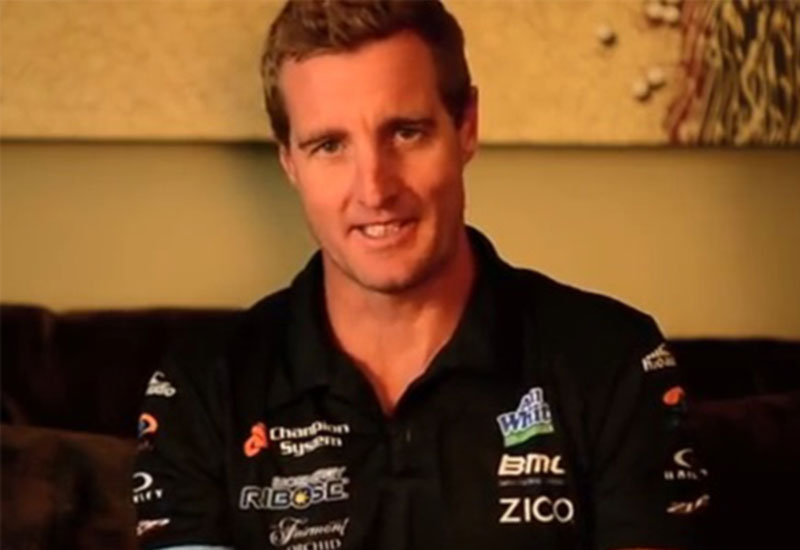In part two of our interview with Team Ribose triathlete Greg Bennett, he discloses his personal strategies for staying in competition-ready shape.
BLS: By the time people hit 40, the aches and pains start to become more of a daily reminder of their age. How have you countered that?
GB: The key for aging well into the 40s is to keep moving. The body is giving more and more hints that it would like to slow down. It is a little harder to walk first thing in the morning and the recovery time does take longer. Intense workouts are fewer and further apart. The intense phases of training blocks during the year are getting shorter. Ribose helps reduce muscle recovery time as well as pain, so if it’s not part of your regimen yet, you should consider it.
BLS: Are you saying that it’s okay to give into the temptation to slow down?
GB: I’m saying that there is still tremendous potential for the body. The aerobic engine is still functioning at its highest and the strength is still in the body. The good news is, the work we did in our 20s and 30s is still in us. If we can just keep moving we don’t have to work as hard as we did in our 20s and 30s to be successful. We just need to manage what we have.
BLS: Do you have any specific tips?
GB: Don’t go searching for too much. The areas where we need to be very careful are the higher intensity workouts. Searching for too much speed or power in our 40s can be dangerous. These intense workouts take more finesse in our 40s. I use Phil Dumphy’s quote from the TV series Modern Family when doing more intense work, “smooth is fast and fast is smooth”.
More time is also needed for warming the body up. I now warm up at a much slower pace. If we listen our bodies, they will tell us when they’re ready to get going. I’ve gone out for runs where I’ve started so slowly that walkers go straight on by. But, I listen to some music and just keep moving. Ten minutes later I realize, wow I’m actually moving okay. The body will slowly let go.
BLS: Any final advice for people in their 40s who haven’t maintained a fitness routine their entire adult lives, as you have?
GB: Do something every day. Even 10 minutes of activity is better than nothing at all. If you take a day off, it only makes the next day you start back much harder. If you’ve had some time off, don’t stress. Start back slowly. Begin week one with 5-10 minutes every day and build the weeks gradually. Within two months, you may find doing 30 minutes every day is not so bad.
Remember, the only thing we truly own for our entire lives is our own bodies. The better we look after it, the better it will perform, it’s worth the investment.





